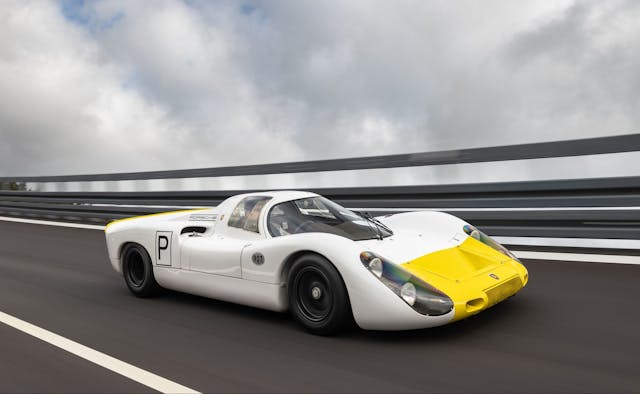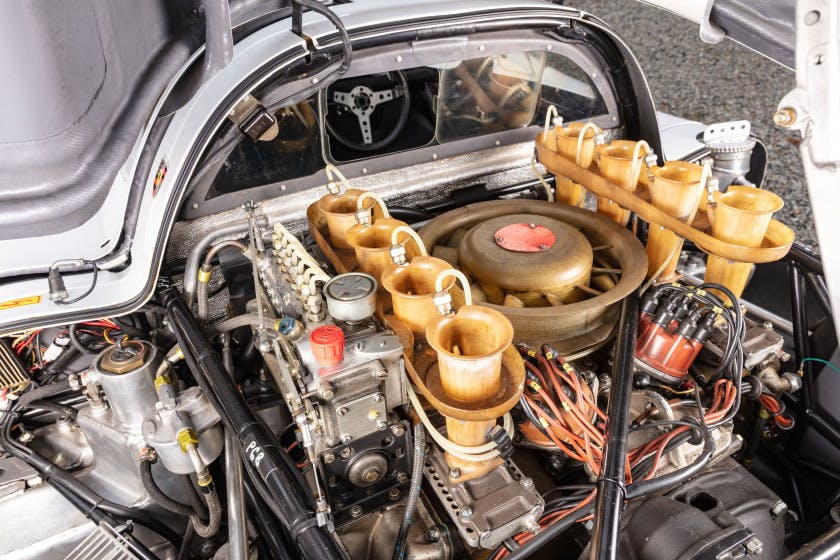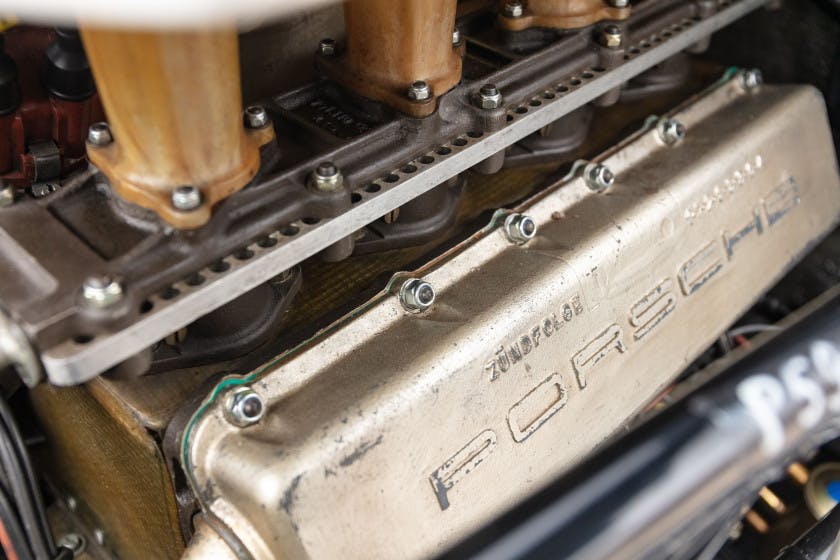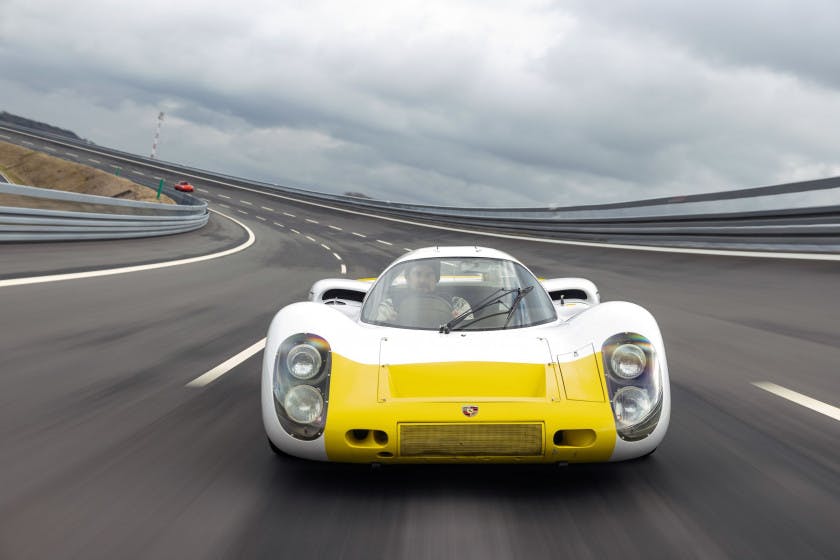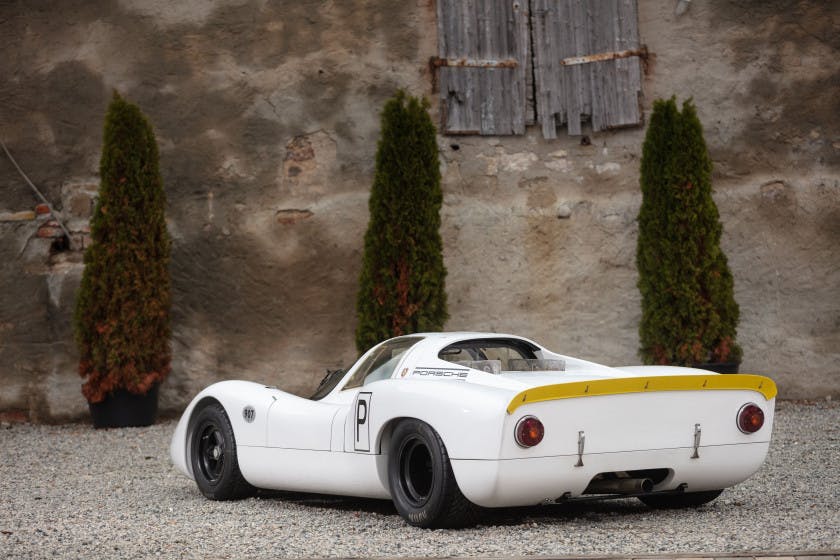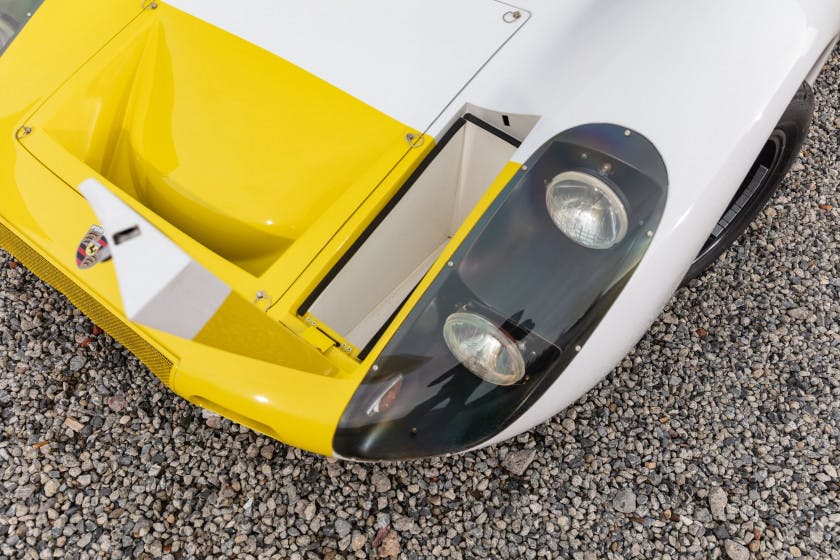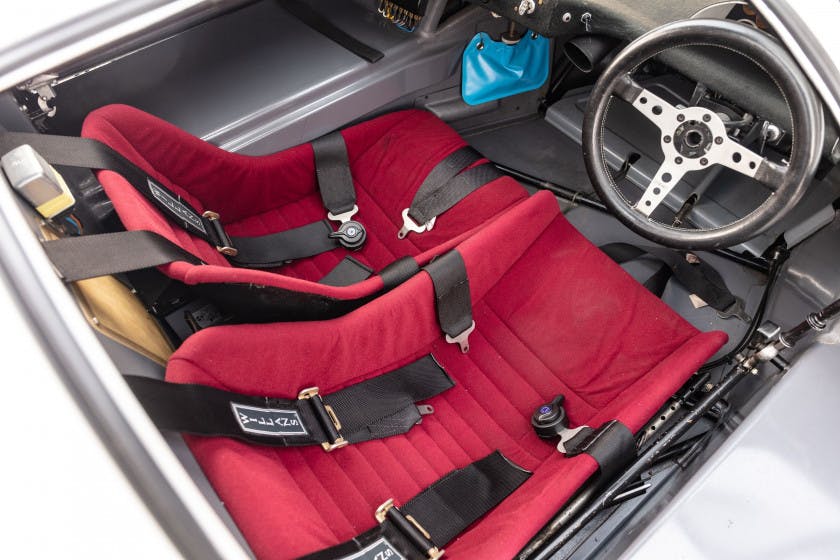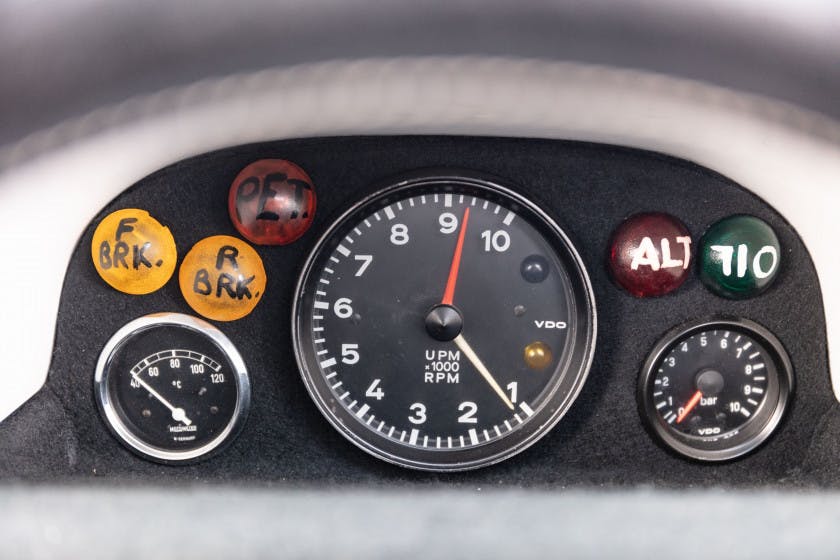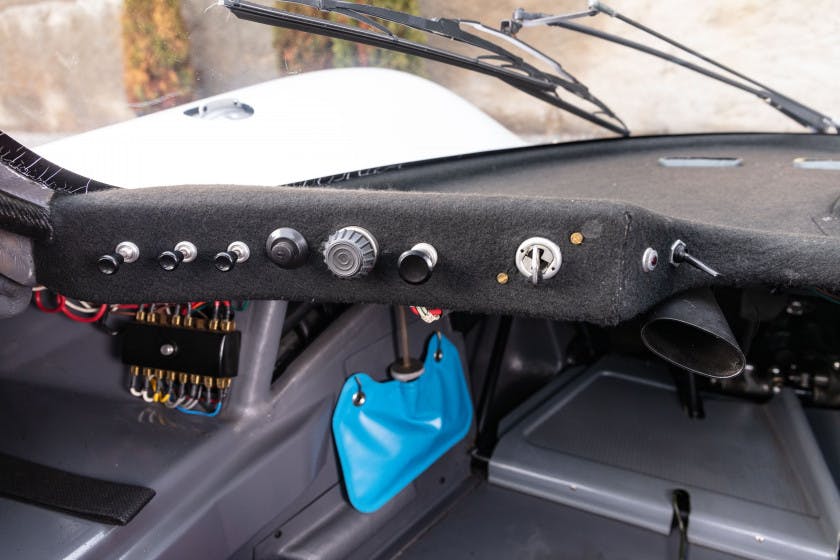907: The year’s priciest Porsche proved its fame in France
Whether you’re interested in rare-spec 911s, ultra-clean transaxle cars or historic racers, March is the big month for Porsche-loving auction-watchers. Amelia Island has become synonymous with Stuttgart over the past several years, and in 2022 there were $33M worth of P-cars changing hands there. Among them was a record-breaking 2005 Carrera GT, a $4.185M 1955 550 Spyder, and a fascinating pair of 911 Turbos—all of which we’ve looked at in detail. With the concours over and done with, we thought we’d gotten through the Porsche March Madness.
Well, not quite. The most expensive Porsche sold in March (and all year so far, for that matter) actually changed hands in France, not Florida. The star of Artcurial’s Rétromobile Paris sale, pushed back from February thanks to a little thing called the Omicron variant, was a 1968 Porsche 907 sold for €4,390,400 ($4,848,758).
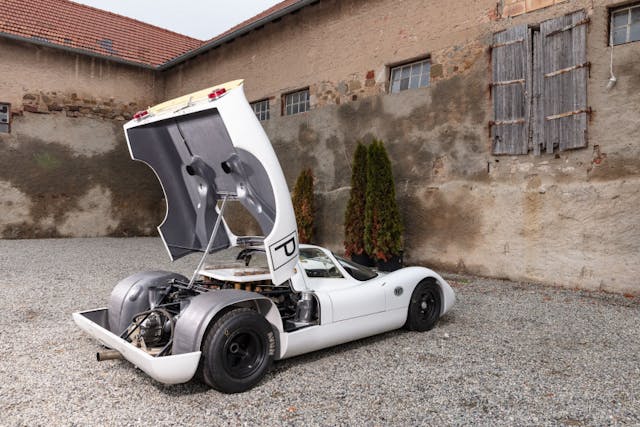
The 907 was a short-lived but pivotal part of Porsche’s racing program in the 1960s, which evolved at a blistering pace. It’s hard to believe that Porsche went from the pocket-sized 718 to the all-conquering 917 in just a decade but it did, and the 907 falls somewhere in the middle of that meteoric rise. It used essentially the same steel tubular monocoque as the 910 that preceded it but with a curvy (and delightfully pretty) new body, and it used either the six-cylinder engine from the 906 or the 2.2-liter Type 771 flat-eight. The 907 was also the first racing Porsche model with right-hand drive. With most road circuits driven clockwise, RHD gave the driver a better view of the corners and put his weight on the inside wheels in a turn.

In slippery longtail “907LH” form, the car also had the lowest drag coefficient of any Porsche ever, but that slipperiness had some caveats. At the Le Mans practice weekend in 1967, the drivers piloting early test cars down the Mulsanne Straight reportedly didn’t dare lift a hand to shift up to fifth. They were that unstable at speed. At Daytona, drivers said the car drifted up and down the banking even with the wheels pointed dead straight.
The 907 made its debut at Le Mans in 1967, with a 2.0-liter six-cylinder rather than the flat-eight for reliability reasons, and the top finisher came home fifth behind the larger-engined and much more powerful Ford GT40 Mk IVs and Ferrari P4s.
For the 1968 season of the World Sportscar Championship, however, the big Ford and Ferrari prototypes were banned, leaving the title fight to 3.0-liter prototypes and 5.0-liter sports cars. That left Porsche in contention for overall wins, its main competition being the older Ford GT40s of the Gulf Racing team. The 907 was further improved with a new short tail “907K” version and its oil cooler moved further forward into the nose.
For the season opener at the 24 Hours of Daytona, Porsche entered four 907Ls, now with 280 horses worth of 2.2-liter flat-eight power. Porsche filled the top three places, with the 907 giving the company its first ever outright win in a 24-hour race. The 907 then followed up with a 1-2 at the 12 Hours of Sebring, but had to settle for second at Le Mans as well as second in the championship. Still pretty impressive considering the Fords had more than twice the engine. Porsche then focused on the 3.0-liter 908 and the 5.0-liter 917 and sold off the remaining 907s to privateers.
A total of 21 907s were built, with six in 1967 and 15 in 1968. Artcurial’s car, 907-031, is a short tail version and the second-to-last 907 built. At the 1968 Nürburgring 1000km, it finished fourth overall then was serviced and sold to a privateer racer from Spain. After an accident at Daytona it was repaired at the factory and finished fourth at Sebring as the best-placed private entry. It also won a race at Jarama as well as a few hillclimb events, then sold again to a Swiss privateer. It didn’t finish at Le Mans in 1970, but finished seventh overall and won its class there with six-cylinder power in 1971. In 1972, it finished second in class at Le Mans and won its class at the 1000 km of Monza. The consignor bought it in 1983 and had it restored in the 1990s.

The last 907 to sell at auction was way back in 2014 in, you guessed it, Amelia Island. It was the very 907L that led Porsche’s 1-2-3 sweep at Daytona 1968, and it brought $3,630,000. The Paris car doesn’t have that kind of gold star on its résumé, but being a three-time Le Mans veteran with numerous wins and long-term ownership to its credit counts for a lot. So do eight years of changes in the market for historic race cars.
And even though Artcurial Rétromobile isn’t a Porsche palace like Amelia Island, the sale still had some serious cars and €37.8M ($41.7M) in total sales. Auction records were set for a Ferrari F50 and €4,161,600, ($4,596,000) and a Peugeot 205 GTI at €48,872 ($53,974). A 1987 Harley-Davidson owned by French singer Johnny Hallyday also set a record for postwar Harleys at €470,840 ($520,000).
For all the non-French speakers out there, Hallyday is often referred to as “the greatest rock star you’ve never heard of.” You have heard of Porsches, though, and this lithe, low 907 is even more famous.
